Can Two Nonmetals Ever Form an Ionic Bond?
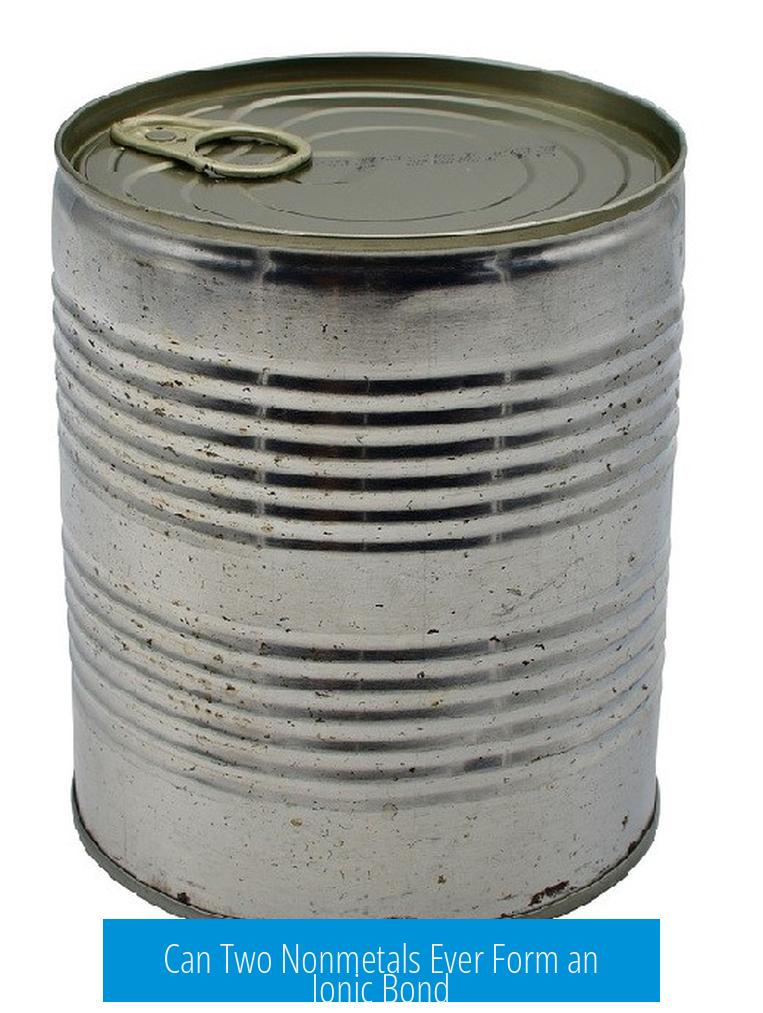
The simple answer is that two nonmetals generally do not form a purely ionic bond; instead, their bonds are primarily covalent or polar covalent in nature. However, the bonding spectrum is continuous, and some compounds involving nonmetals can exhibit ionic characteristics, especially when polyatomic ions are involved.
Understanding Ionic and Covalent Bonds
Chemical bonds are not purely ionic or covalent but exist on a continuum. Bond descriptions often simplify complex interactions to either ionic or covalent types. Ionic bonds arise from electrostatic attraction between oppositely charged ions, while covalent bonds involve sharing electron pairs between atoms.
In reality, every bond has both ionic and covalent characters to varying extents. This dual nature means that the strict distinction between ionic and covalent bonds is an approximation, useful for simplifying explanations but not absolute.
The Continuum of Bonding
- Pure covalent bonds involve equal electron sharing.
- Polar covalent bonds involve unequal sharing, with partial charges.
- Pure ionic bonds arise from electron transfer, leading to full positive and negative charges.
This spectrum blurs precise definitions. For example, a bond may have 40% ionic character and 60% covalent character, making classification ambiguous.
Electronegativity Difference and Bond Type
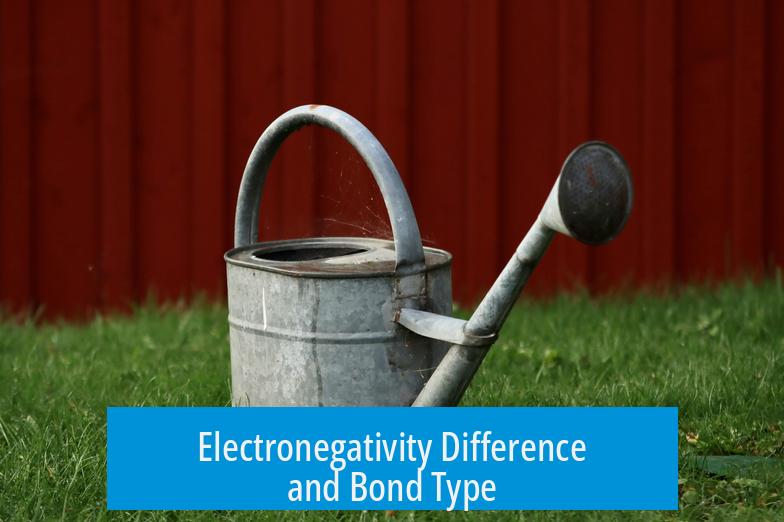
Electronegativity quantifies an atom’s tendency to attract electrons. The difference in electronegativity between bonded atoms is a key factor in bond characterization.
| Electronegativity Difference (ΔEN) | Bond Character |
|---|---|
| 0 to ~0.4 | Nonpolar Covalent |
| ~0.5 to 1.7 | Polar Covalent |
| > ~1.7 (some say >2.0) | Ionic (approximate) |
These thresholds, while helpful, are not strict. For example, an electronegativity difference above 2.5 often indicates ionic bonding. But bonds between two nonmetals with this difference are rare or contested in practice.
Nonmetal-Nonmetal Bonding: Why Pure Ionic Bonds Are Unlikely
A binary compound of two nonmetals typically forms covalent bonds. Even when the electronegativity difference is high, like between phosphorus (P) and fluorine (F) (ΔEN ≈ 1.79), experimental data show that PF3 is covalent.
Key reasons include:
- Nonmetals tend to share electrons to complete valence shells rather than fully transferring electrons.
- Hydrogen, despite a high electronegativity difference with fluorine (HF), does not form an ionic bond because H+ does not exist free due to its lack of an electron shell.
- Binary acids and similar molecules exhibit polar covalent bonds rather than ionic bonds between nonmetals.
Even in cases where two nonmetals are combined, the bonding is polarized covalent rather than ionic.
Are There Exceptions?
Astatine fluoride (AtF) might challenge this because astatine can exhibit metallic characteristics, and the electronegativity difference exceeds 1.7. However, due to astatine’s rarity and borderline metallicity, this example is exceptional and often excluded from binary nonmetal discussions.
Ionic Character in Polyatomic Nonmetal Ions and Salts
The paradigm shifts when more than two nonmetals are involved, especially in polyatomic ions. Compounds like ammonium chloride (NH4Cl) exhibit ionic behavior despite both cation and anion containing nonmetals.
- The ammonium ion (NH4+) is a polyatomic cation formed entirely from nonmetals.
- It pairs with anions, such as Cl−, forming ionic salts through electrostatic attractions.
- Other examples include ion pairs like \[PF4\]+\[PF6\]− and salts with large, weakly coordinating anions such as tetraphenylborate.
These examples illustrate the ability of nonmetal-based ions to partake in compounds with ionic features, despite individual bonds within the ions being covalent.
Summary of Nonmetal-Nonmetal Ionic Behavior
- Two nonmetals rarely form pure ionic bonds in binary compounds.
- Polyatomic ions composed of nonmetals can form ionic salts.
- Electronegativity difference alone does not guarantee ionic bonding.
Examples Illustrating the Bonding Spectrum
| Compound | Elements | Bond Character | Notes |
|---|---|---|---|
| PF3 | Phosphorus, Fluorine | Polar Covalent | High electronegativity difference but covalent from experiments |
| NH4Cl | Nonmetals (N, H, Cl) | Ionic Salt | Ammonium cation pairs with chloride anion |
| AlF3 | Aluminum, Fluorine | Covalent | Despite large electronegativity difference |
| FeF3 | Iron, Fluorine | Ionic | Less electronegativity difference than AlF3 but ionic due to metal presence |
Pedagogical and Conceptual Considerations
The concept of an “ionic bond” can be misleading. Chemists argue that ionic bonds are better described as electrostatic attractions between ions rather than true bonds like covalent sharing.
Teaching simplified distinctions may cause confusion. It is more accurate to describe bonding as a continuum and emphasize the mixed character of bonds.
Examples like the ammonium ion highlight that nonmetal combinations can engage in electrostatic interactions with ionic properties, even if the internal bonds are covalent.
Key Takeaways
- Two nonmetals do not form purely ionic bonds in binary compounds; their bonds are covalent or highly polar covalent.
- Polyatomic ions consisting of nonmetals, such as ammonium (NH4+), can participate in ionic salts.
- Electronegativity difference is a useful but imperfect predictor of bond character and does not strictly define bond types.
- Bonds exist on a spectrum from covalent to ionic, rather than two discrete categories.
- Teaching should avoid oversimplifications and clarify that ionic interactions are electrostatic attractions, not bonds in the same sense as covalent sharing.
- Experimental data must guide bond classification rather than theoretical thresholds alone.
Can two nonmetals ever form a purely ionic bond?
No, two nonmetals typically do not form purely ionic bonds. Their bonds are mostly covalent or polar covalent, with varying degrees of ionic character but not fully ionic.
How does electronegativity difference affect bonding between two nonmetals?
Electronegativity difference predicts bond polarity but does not guarantee ionic bonding. Even with a difference above 1.7, two nonmetals usually form polar covalent, not ionic, bonds.
Are there exceptions where nonmetal compounds show ionic behavior?
Yes. Polyatomic ions like ammonium ([NH4]+) form ionic salts. Some nonmetal ion pairs also exhibit ionic characteristics, but simple binary nonmetal compounds do not.
Why is the term “ionic bond” considered misleading in some cases?
Because ionic bonding is actually an electrostatic attraction, not a true chemical bond. Bonds lie on a spectrum between covalent and ionic character rather than fitting into two categories.
Can hydrogen form ionic bonds with nonmetals?
Hydrogen generally does not form ionic bonds. The free H+ ion lacks a stable electron shell, so hydrogen forms polar covalent or covalent bonds instead of ionic ones.


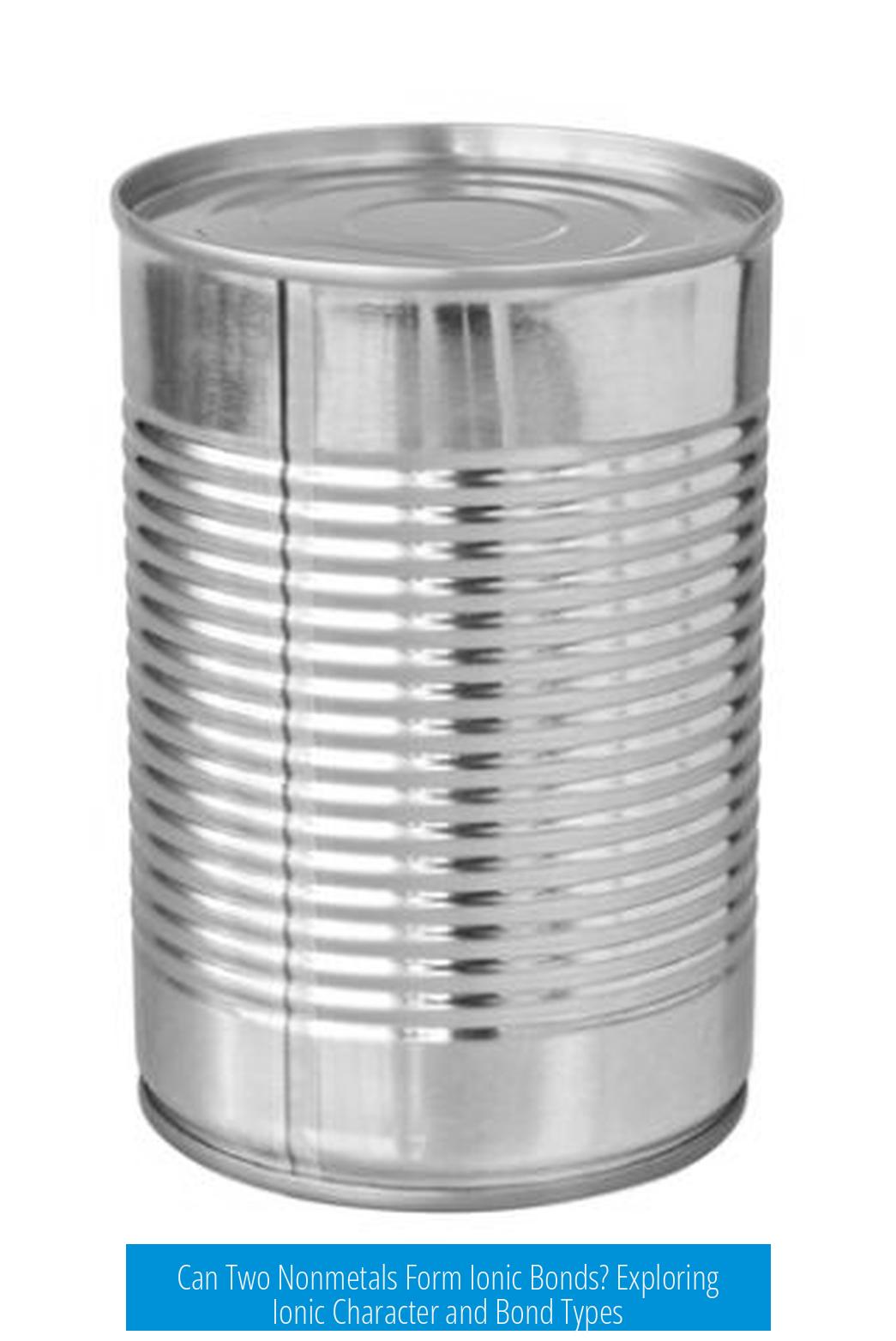
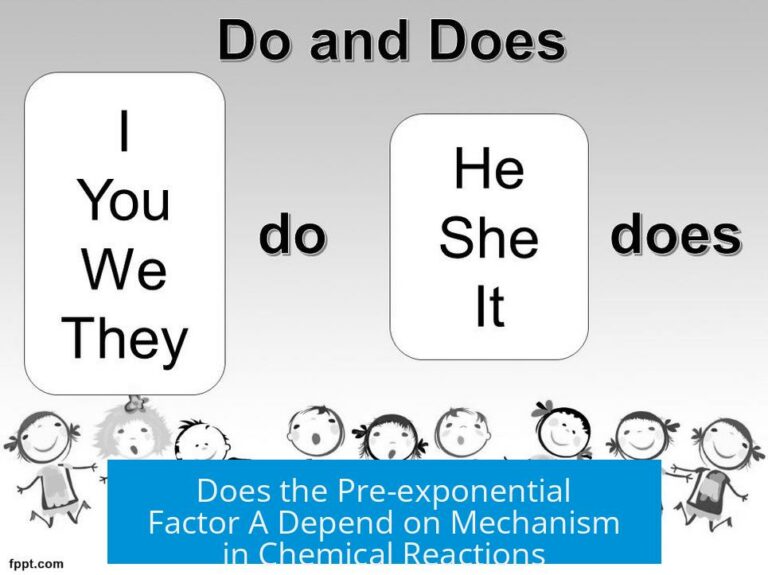
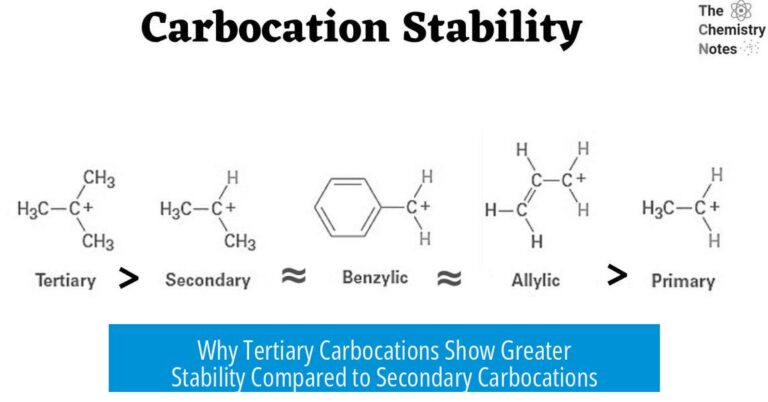
Leave a Comment